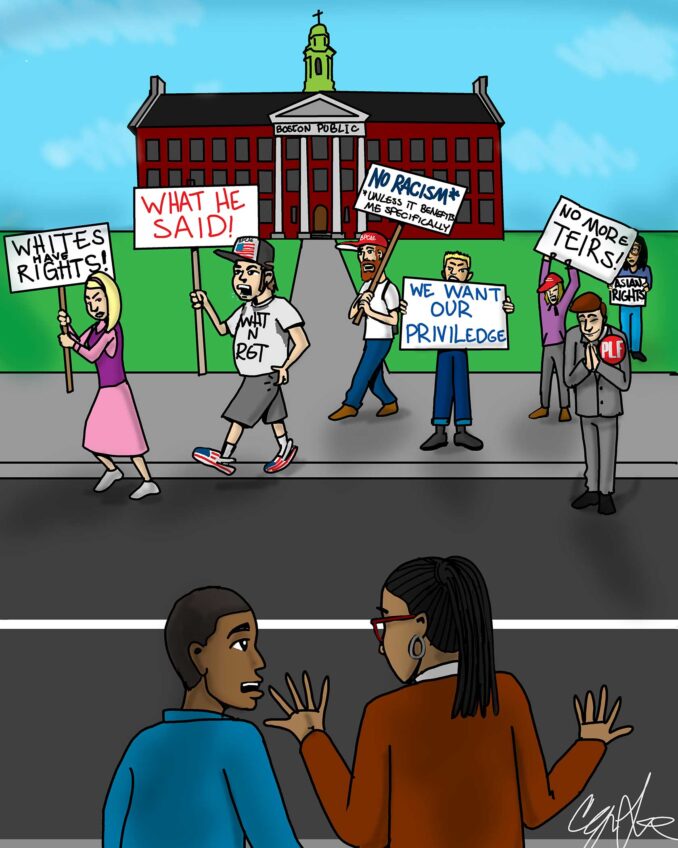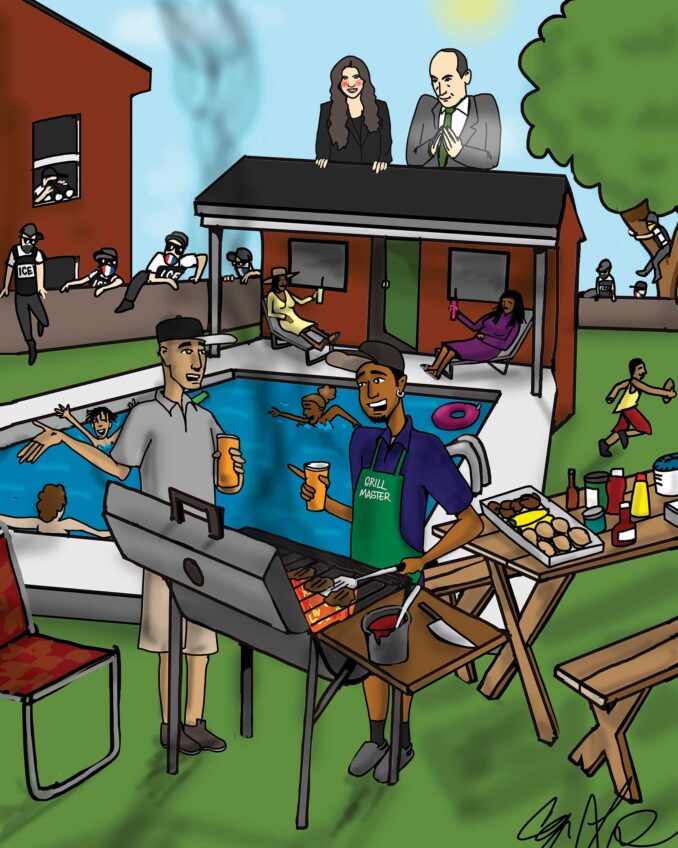At the age of 24, I purchased my first home. It was a bittersweet milestone that made my mom incredibly proud. In a twist of fate, the closing date was set for the same day she passed away. September 24, 2020, is forever etched in my heart — not just because of the odd coincidence, but because it marked the last achievement my mom would witness.
Homeownership, for me, symbolized peace of mind for her. She could rest knowing her daughter had scored important financial security that could seed generational wealth.
Buying a home is a milestone, but also a dream passed down to many millennial children and grandchildren from baby boomers and Gen-Xers. It has long been sold as the cornerstone of the “American Dream,” complete with a white picket fence and all the trappings of middle-class attainment.
For many of my Black millennial cohorts, purchasing a home feels like a measure of pressure and pain. As we attempt to replicate the achievements of our parents or fulfill what they couldn’t accomplish. But achieving the ‘American Dream’ defies will, income, and current-day realities.
In 2023, 54.8% of millennials (ages 28-43) owned a home, compared to 78.8% of baby boomers (ages 58-76). For Black families, that gap is even more defined. Thirty percent of Black millennials own a home compared to 60% of Black boomers.
Ironically, boomers who dream of homeownership as a legacy for their children are now among the primary obstacles preventing millennials from achieving it. As older couples look to downsize in their later years, often empty nesters and retirees, they are competing with millennials for similarly sized “starter homes.”
These homes are also becoming increasingly scarce as builders struggle to turn a profit after covering rising government fees, labor costs, and materials. Add to those challenges the skyrocketing costs of homes in tight markets with low inventory because many people are staying put.
The COVID-19 pandemic only intensified this housing scarcity. While I was lucky enough to lock in a record-low interest rate, the process of house hunting fell short of the idyllic experience I had envisioned from years of watching HGTV’s “House Hunters.” Thrill and excitement were replaced by anxiety and disappointment. Low interest rates and the expanding phenomena of remote work drove demand for homes way beyond the limited supply in 2019 and 2020.
During my persistent search, I spent hours scrolling through Multiple Listing Services, but properties vanished as quickly as they appeared. Refreshing my browser often meant witnessing a listing change from “available” to “pending offer” in real time.
On the rare occasion I managed to schedule a tour before a property was snatched off the market, there was immense pressure to make a quick decision and submit an offer within a day or two — often above the asking price. Bidding wars became the norm, with homes receiving offers $40,000 to $50,000 above the listing price.
For older millennials, the process was even more disheartening. Many had endured the financial meltdown of 2008 and spent years diligently saving, only to face an inflated and competitive market that priced them out yet again.
For millennials, the scarcity of homes is compounded by surmounting debt, astronomically higher than their parents encountered at the same age. While many workers today are earning more, their buying power is diminished thanks to record-high inflation, stifling their ability to set aside savings to purchase a home. The average rent in the United States is almost $1,800, leaving millennials treading water each month, compared to our predecessors, who paid an average of $432 in 1985.
Add to all this the ever-present “Black Tax.” When America has a cold, Black communities suffer pneumonia. Two-thirds of white millennials are homeowners compared to less than one-third of Black millennials. Black women owe the highest amount of student debt than any other demographic group at a combined $1.7 trillion, further widening the wealth gap.
There’s hope and a twist of lemon
Despite the adversities, we excel at survival and resilience. Millennials — especially Black women (of all ages) — know what it takes to make lemonade, or lemon drops, if we’re leaning into my generation’s cocktail culture.
Just weeks ago, 92% of Black women turned out to the polls to support a Black woman vying for the highest office. We didn’t win, but once again, we showed up and overperformed, demonstrating our collective voice. It’s that cross-generational force — boomers, Gen X, millennials, and Gen Z — that will keep pushing for change and equity. From supporting first-time homebuyer incentives and combating redlining to advocating for rent control, the fight is far from over.
On a brighter note, states like California are already implementing zoning reforms and policies to boost housing supply. Our parents’ dream of resting easy knowing we secured the white picket fence — or our dream of a trendy HGTV-approved setup, is still alive.
And maybe, just maybe, we’ll be sipping lemon drops on our own porches sooner than we think.
Mariah McClain is a D.C.-based content curator for Unerased | Black Women Speak. This commentary is part of Unerased | Black Women Speak’s December exploration, Claiming Our Space: Preserving Our Future.






